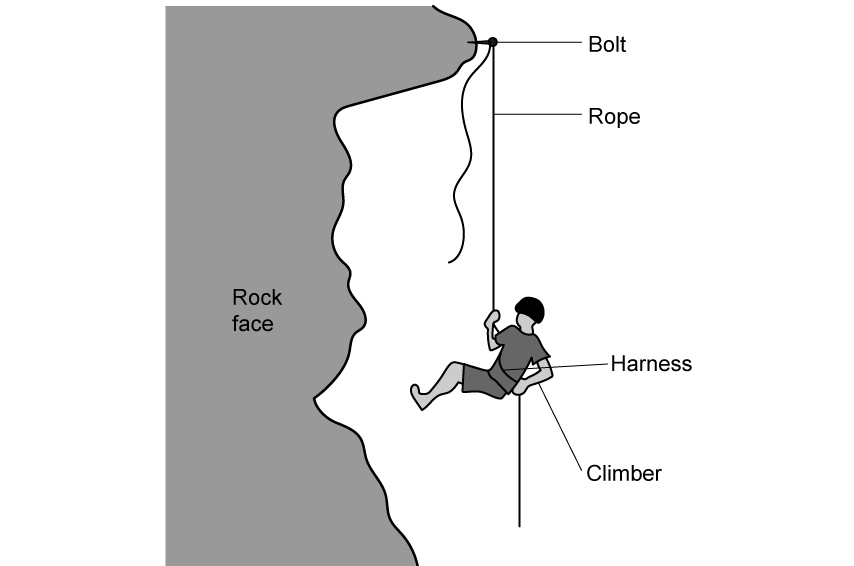Question 1a
Air enters a cargo plane's engine at A and is heated before leaving at B, at a much higher speed.

In one second a mass of 3.75 × 105 g of air enters A and the speed of this mass of air increases by 587 m s−1 as it passes through the engine.
Question 1b
Hot air flows out of the exhaust engine at B through a cross-sectional area of 5.9 × 106 mm2. The density of the hot air is 457.9 g m−3.
Question 1c
Question 1d
When a cargo plane lands its engines exert a decelerating force on the aircraft by making use of deflector plates. These cause the air leaving the engines to be deflected at an angle to the direction the aircraft is travelling.

The speed of the deflected air is the same as the speed of the air leaving B.





